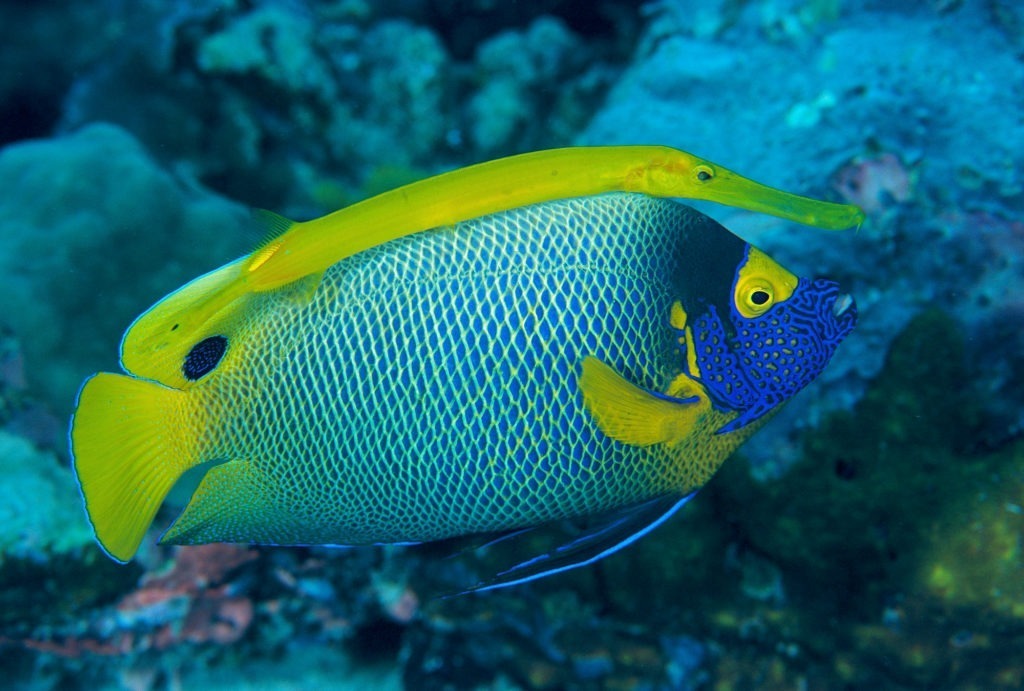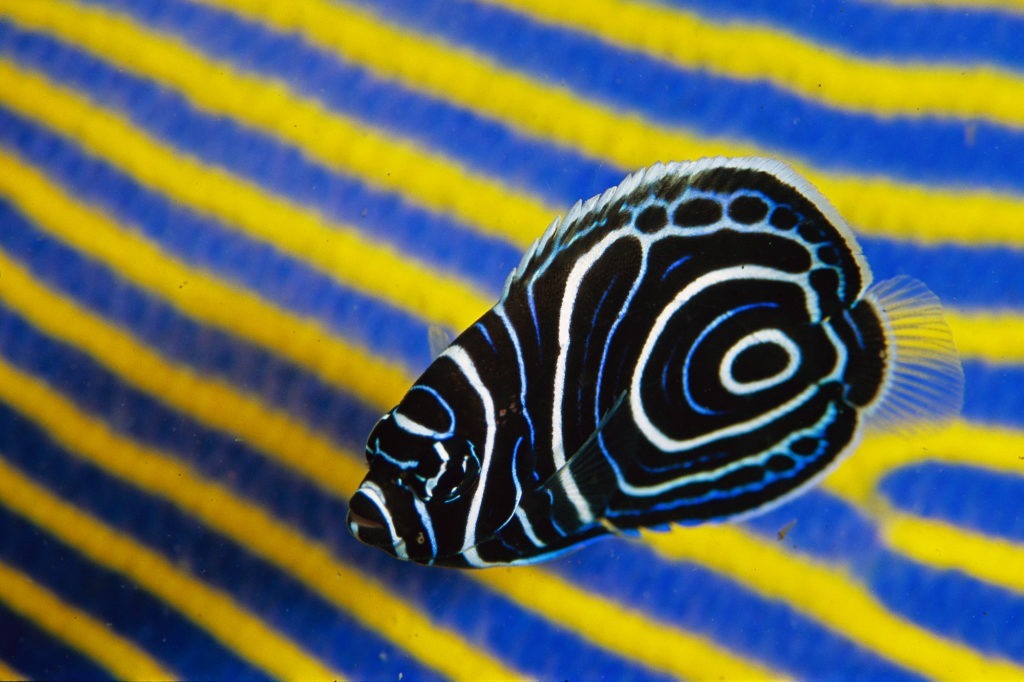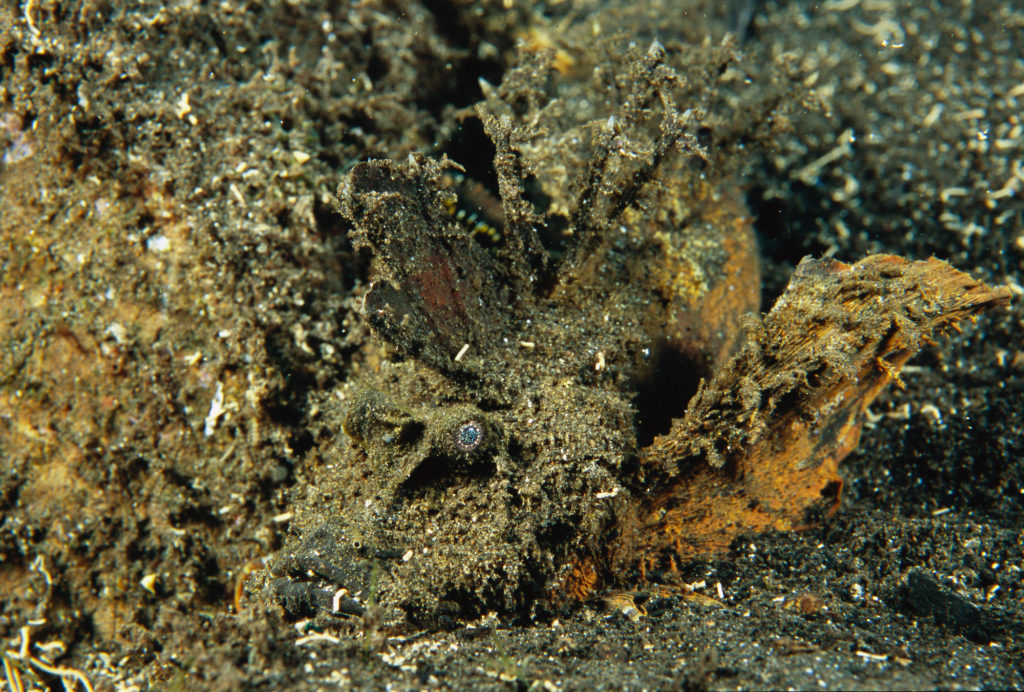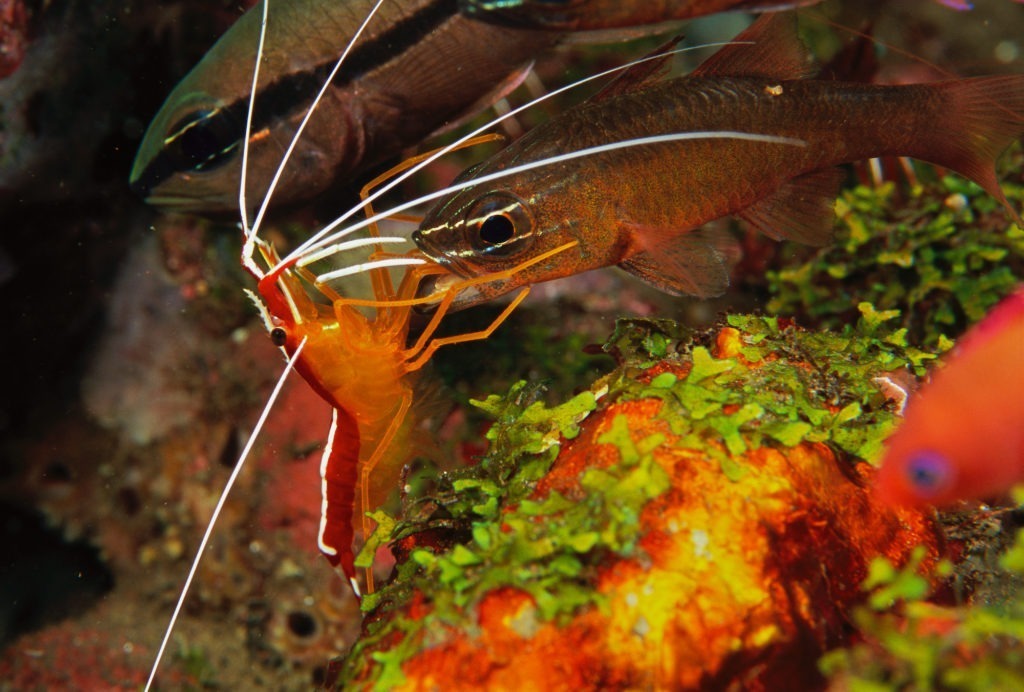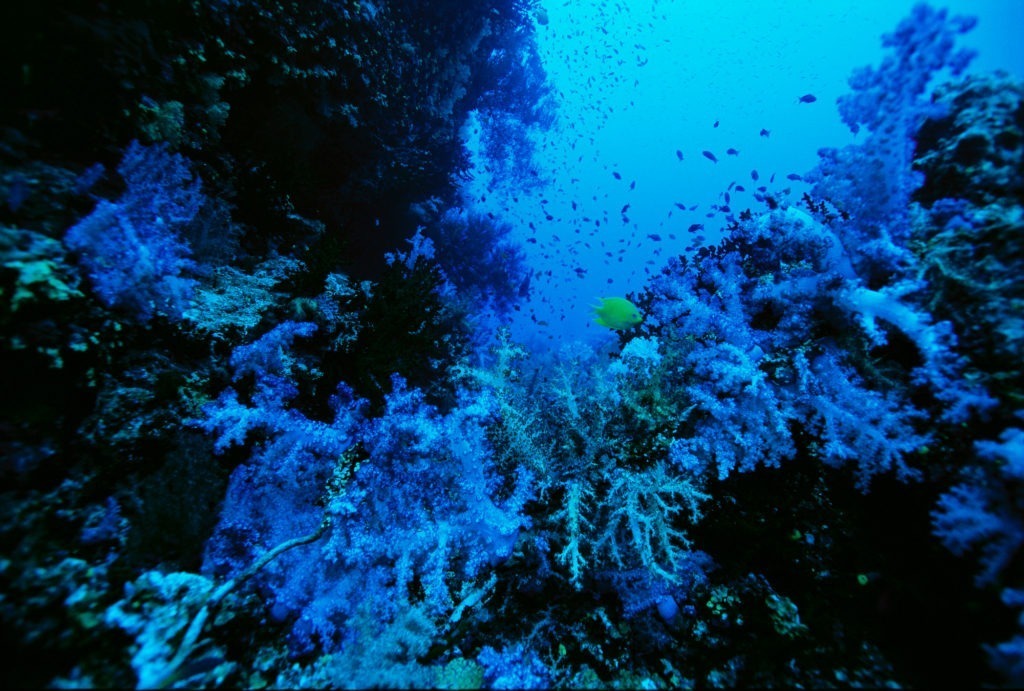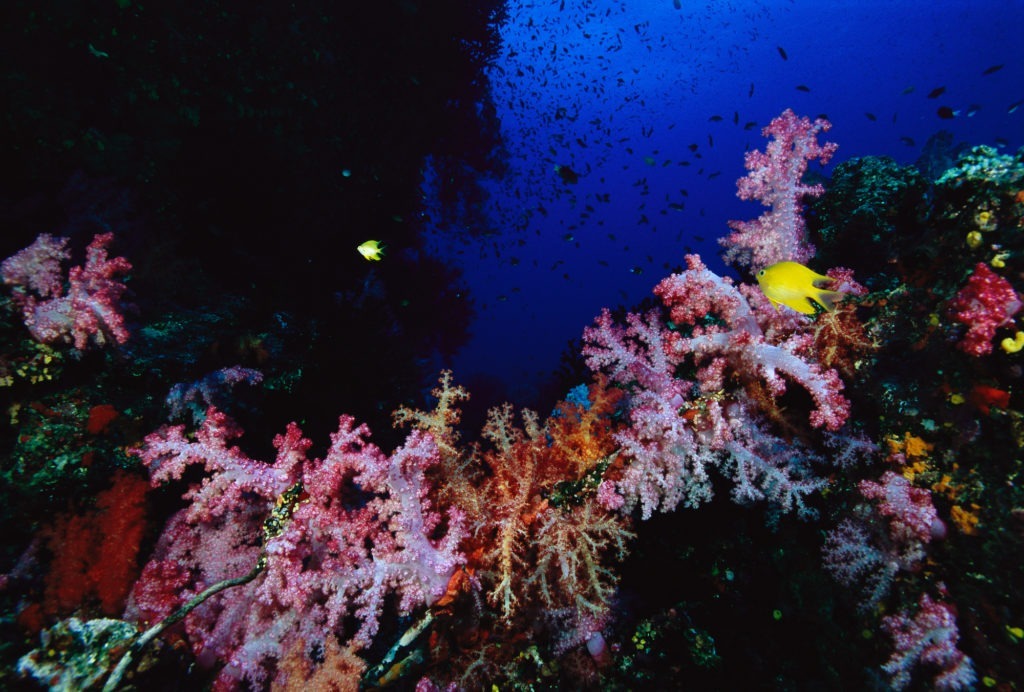Footer
Latest from Instagram:
Welcome
Welcome to TimLaman.com. I’m a photographer, filmmaker, and field biologist with a passion for exploring our natural world. I hope you enjoy this website, and you can also sign up for my newsletter “Wildlife Diaries” at right to get updates on my latest adventures, photo tips, and news from the field.

